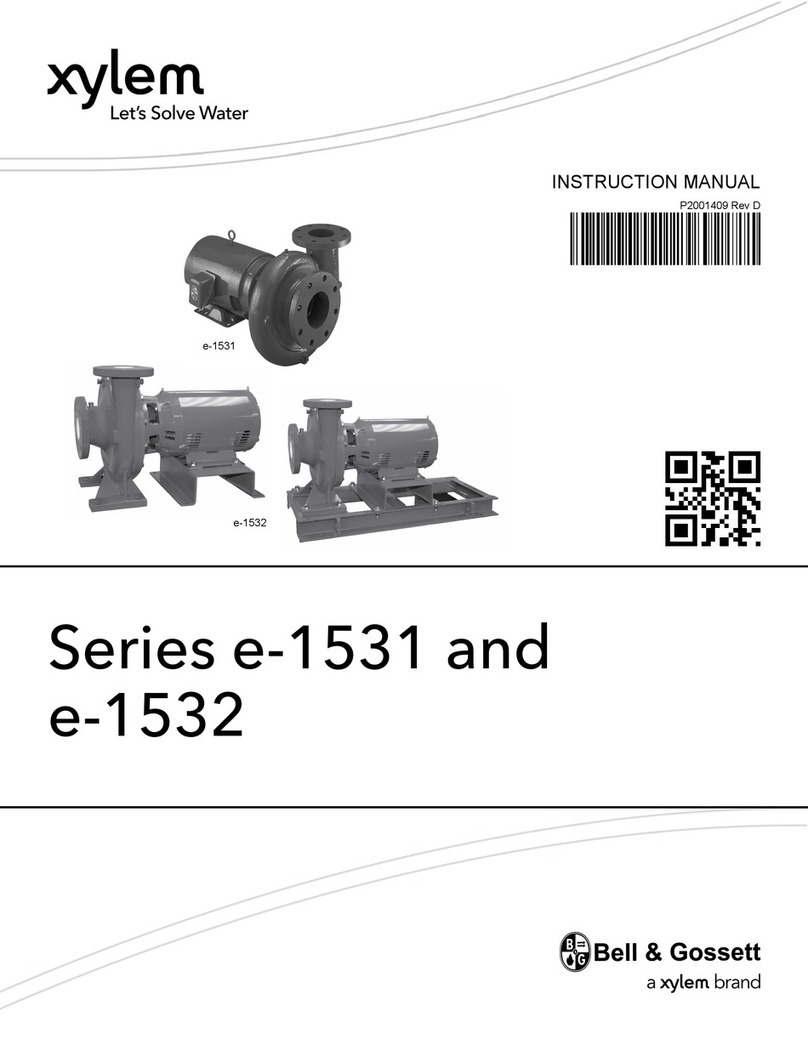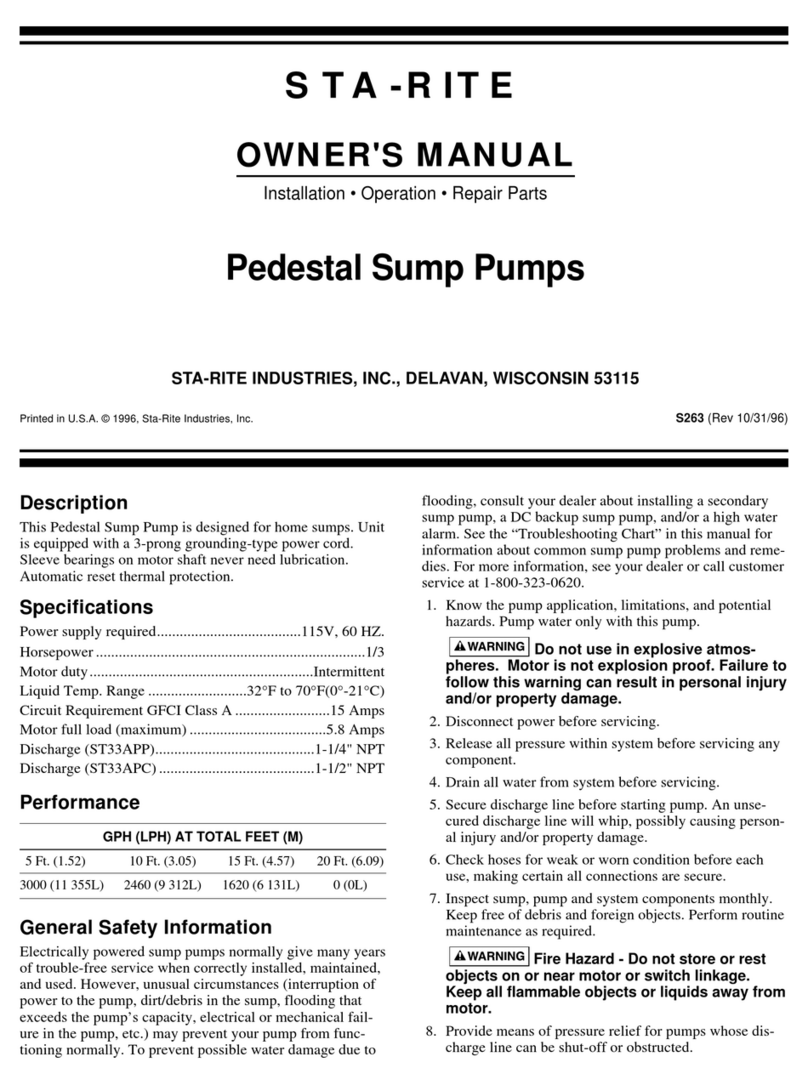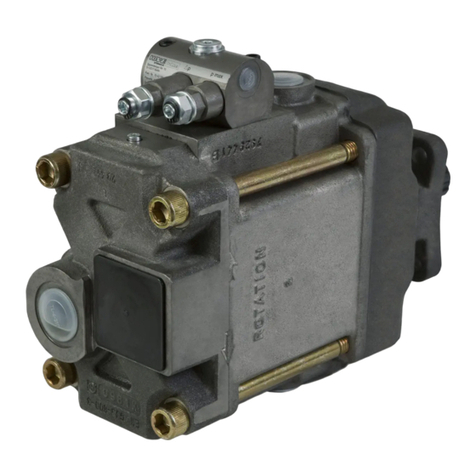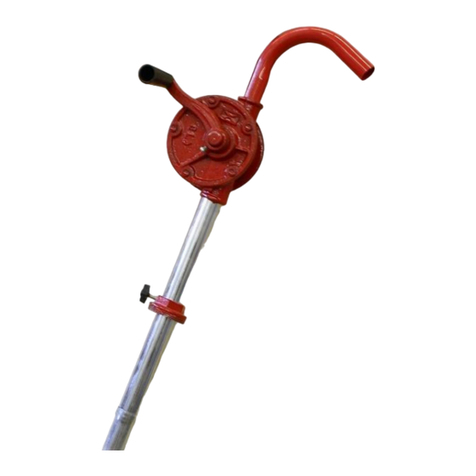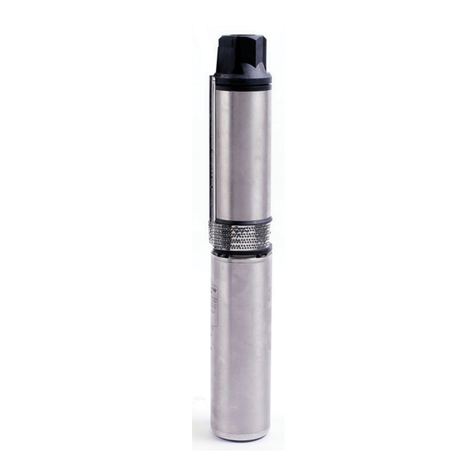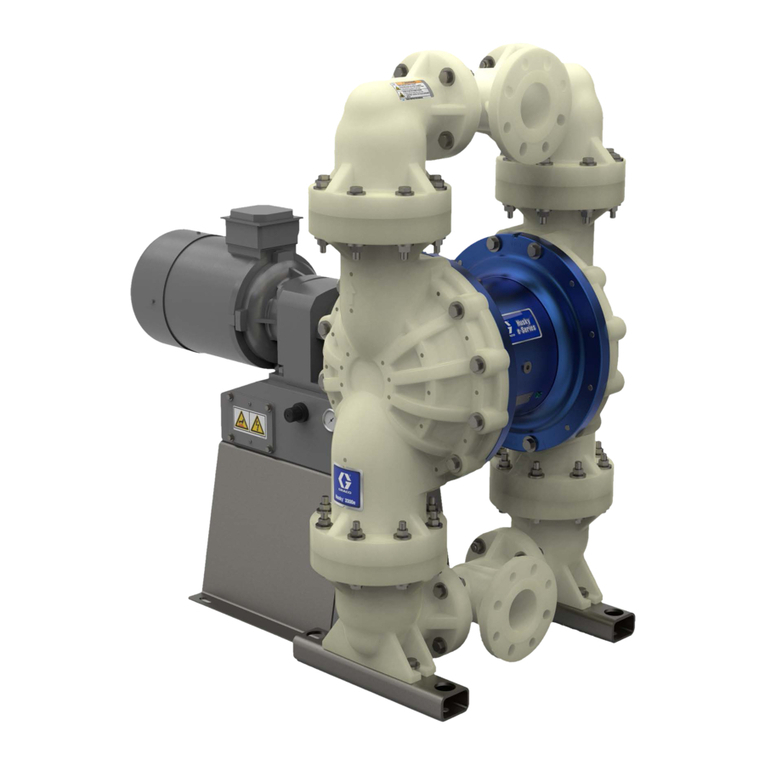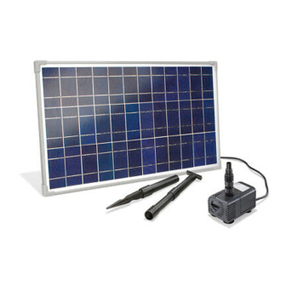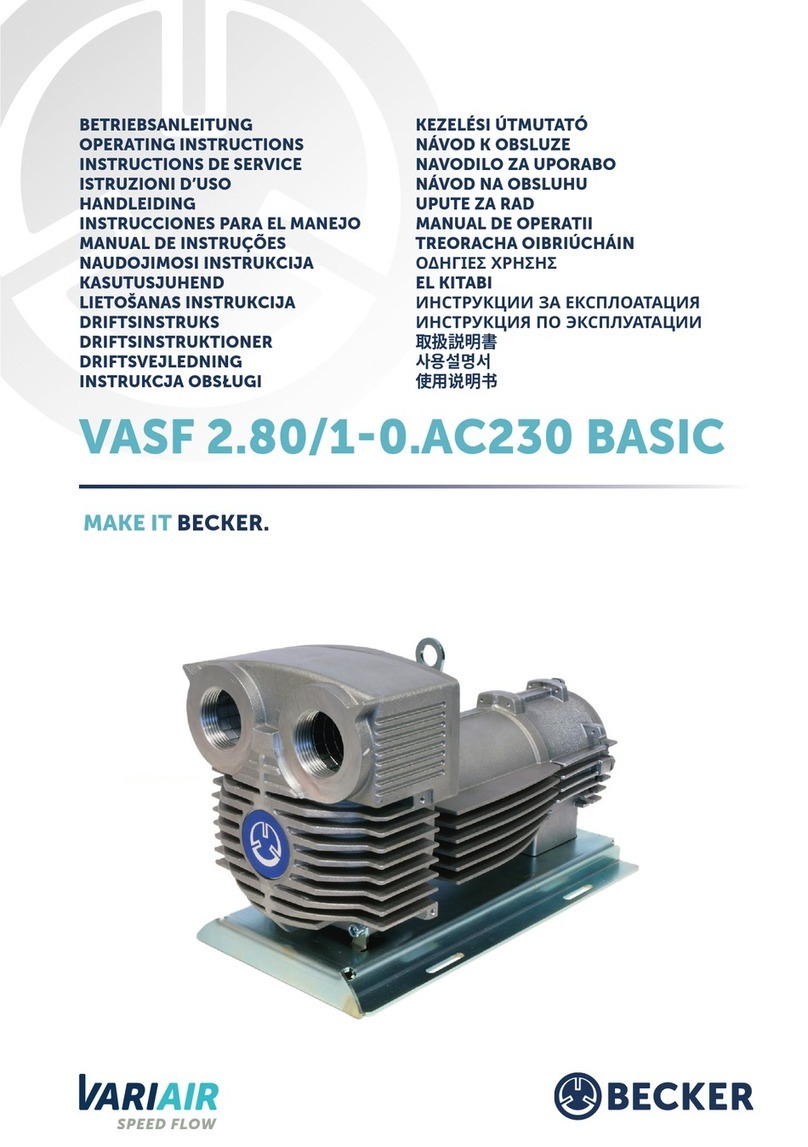
9
The seal reservoir uid level and pressure must be monitored and maintained to ensure proper
operation of the WetSeal feature.
How to check seal reservoir uid level:
View the site gauge window on the side of the seal reservoir. A oat is included to easily see uid
level.
If the uid is not visible, add uid by following these steps:
• Relieve reservoir air pressure by removing air valve cap and pressing stem.
• Remove ll plug on top of seal reservoir.
• Add barrier uid (Ace Part #55032 - available in quarts) until level is at top edge of site window.
Caution: Do not overll.
• Replace ll plug and recharge air pressure per instructions below.
How to check seal reservoir pressure:
The reservoir pressure gauge gives a direct pressure reading. Pressure should remain within the
green zone during operation. The recommended cold reservoir pressure is 25 to 30 psi.
Note: Pressure will increase during operation as the uid is heated.
Steps to pressurize seal reservoir:
• Verify that ll and drain plugs are installed and tight.
• Remove air valve cap.
• Add air until gauge reads 25 to 30 psi. An air supply or tank regulated to 30 psi(2 bar) is best.
Caution: Do not over pressurize. Relieve excess air pressure if necessary.
• Replace air valve cap.
Maintenance Intervals:
Initial Startup: Verify correct reservoir uid level and pressure prior to startup.
Daily: Check reservoir pressure.
If air must be added regularly, spray soapy water around plugs, seams, and ttings
of seal plate to check for leakage. Reseal as needed. If no external leak is found,
installation of a seal kit should be scheduled for next machine downtime.
Weekly: Check barrier uid level. A small amount of barrier uid will be consumed under normal
operating conditions.
If the barrier uid appears cloudy or discolored in site gauge, drain until uid runs
clear, rell with clean uid, and recharge pressure. Check again in one week. If uid
is cloudy or discolored again, this is an indication of inboard seal leakage. A seal kit
installation should be scheduled for next machine downtime.
Season End: Remove drain plug and drain barrier uid from the reservoir into a clean bucket.
1) If the uid is clear: reinstall plug, rell with barrier uid, and recharge air pressure.
2) If the uid is cloudy, discolored, or contains water: This could be the indication that
a seal leak is developing. Installation of a seal kit is recommended to ensure trouble
free operation for the next season.
WINTERIZING AND STORAGE
1. Flush pump thoroughly and neutralize chemicals to prevent corrosion.
2. Fill pump with recreational vehicle antifreeze to protect from corrosion and freezing.
3. If equipped with Oasis™ WetSeal, see Season End maintenance above.
4. If removing hydraulic hoses, insert plugs in motor ports to retain uid and prevent contamination.
OASIS™WETSEAL MAINTENANCE



